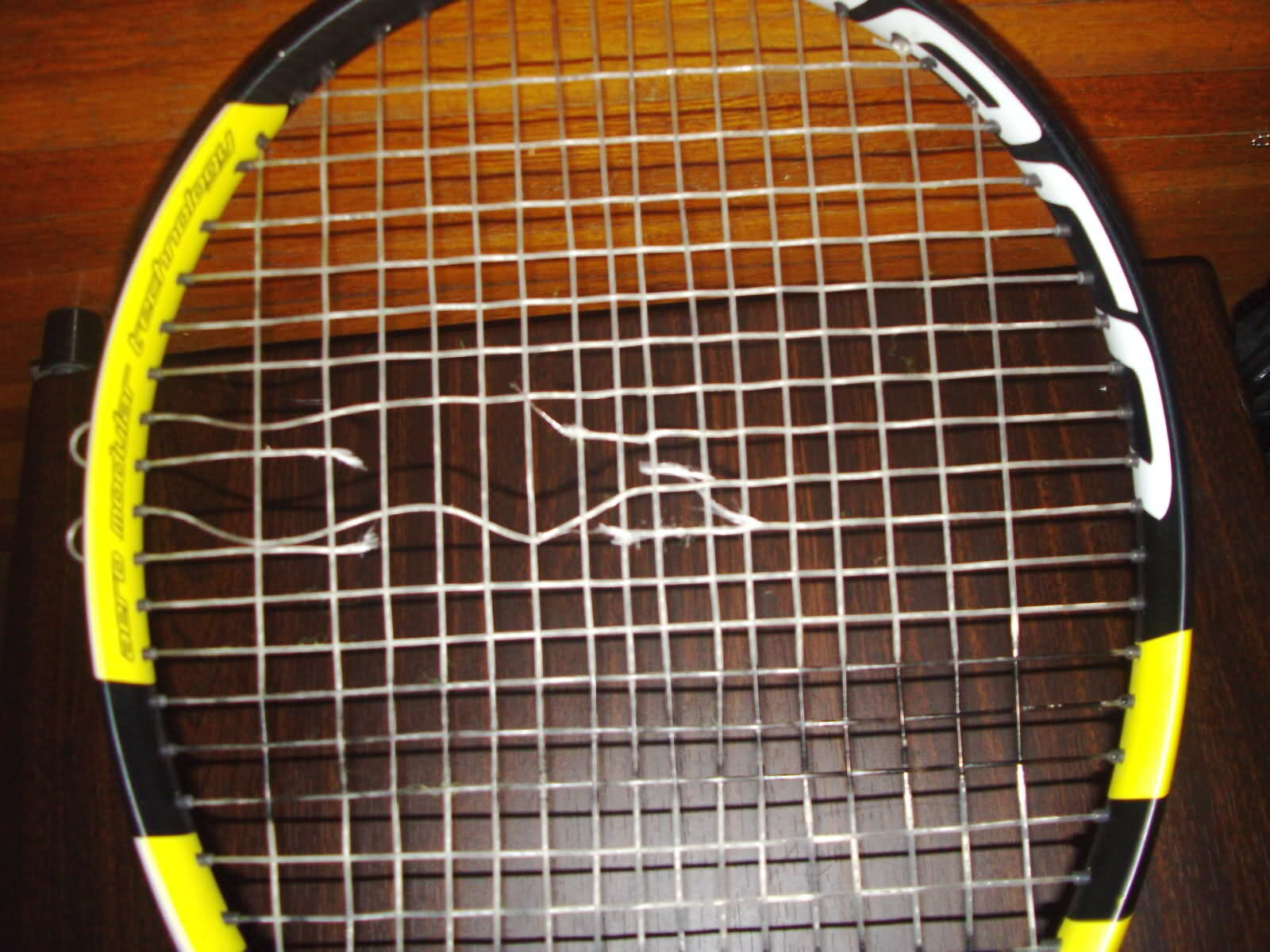Part I: All About tennis Strings
by: Mike/TennisCT
This is Part I of an ongoing series of articles about stringing. It is meant to give you, the player, an overview of what things you need to consider when you string your racquet.
Getting your racquet newly restrung can be intimidating to most players. There are seemingly many things to consider when dropping your racquet off. There's a reason that stringing is such an exact science. Only a few pounds of tension up or down can greatly impact your "feel", especially for an advanced player. Likewise, the type and gauge of string you use can dramatically change the durability of your string job.
So, if you're a recreational player who plays once a month or an advanced player that plays five times a week, you will have very different needs. Here are some general things to keep in mind:
String types - there are four popular types:
Synthetic Gut (usually the cheapest)
Natural Gut (usually the easiest on the arm, and most expensive)
Polyester (usually recommended for advanced players)
Hybrid (usually a combination of natural gut and polyester)
String gauges - the thickness of the string, which impacts spin, power and durability:
15 - thickest and most durable
16 - most commonly used
17 - more power & spin, less durable
18-19 - less common
String tension - each racquet has a recommended tension range, and is usually expressed in kg or lbs.
The higher the tension, the more control & less power.
The lower the tension, the less control & more power (think of a greater "trampoline" effect upon impact)
Frequency of Stringing - how often you re-string:
For the recreational player, a popular rule of thumb is to re-string your racquet as many times in a year as you play in a week. If you play twice a week, re-string your racquet twice a year.
For advanced or elite competitors, it will vary based on how long your strings hold optimal tension and/or break.
Adjustments
There are many factors that can get adjusted depending on playing conditions. For example, some players like to string their racquets tighter in warmer, more humid climates. Other players like to string their racquets a few pounds looser when playing outdoors versus indoors. Talk to your stringing professional about what works best for you!
Stay tuned for our upcoming Part II with a world-class stringer containing answers to the most frequent questions received about stringing as well as some helpful tips!

